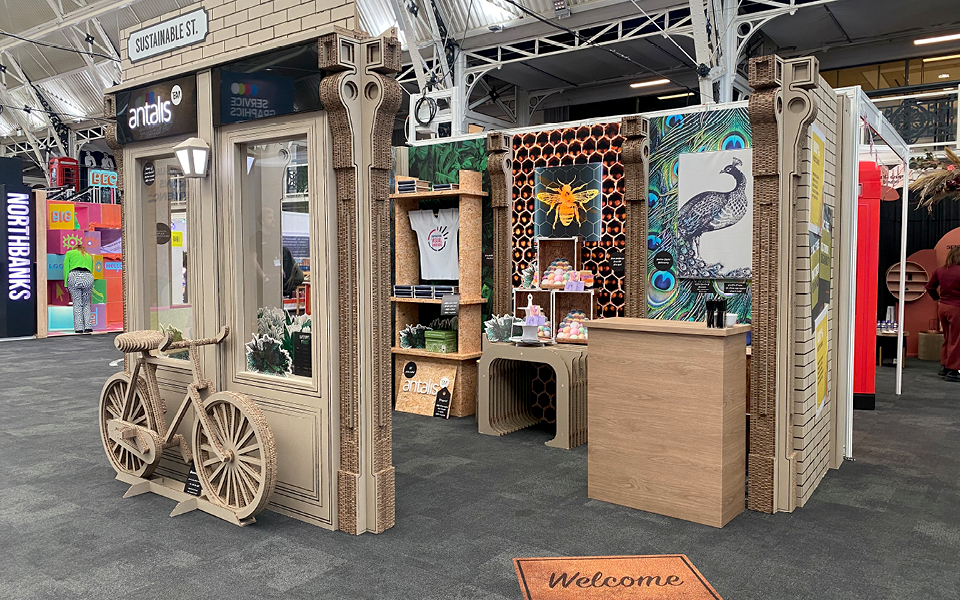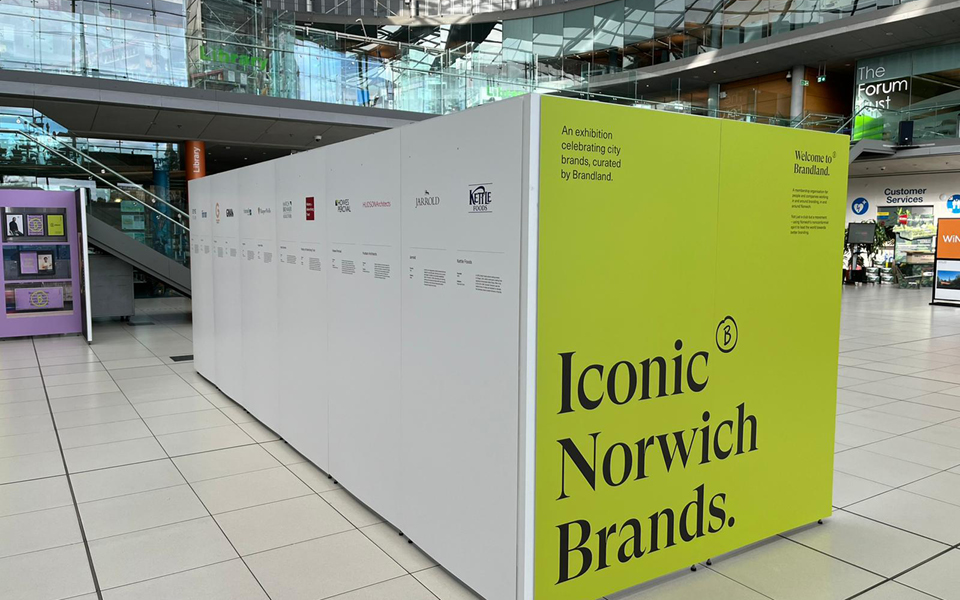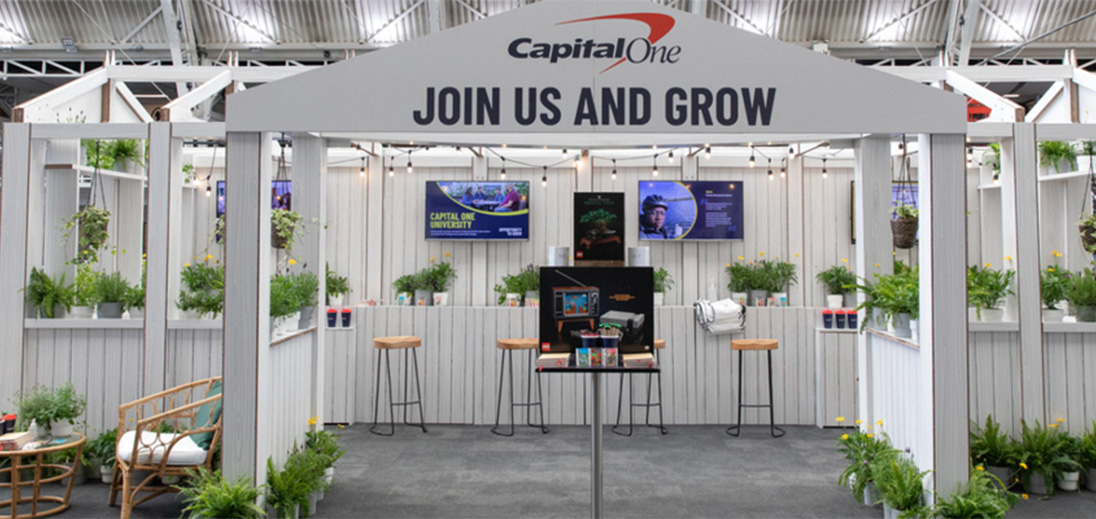Sustainable events and exhibitions stands: Antalis main inspirations
Trade shows and industry gatherings are vital tools for companies to connect with new and existing customers, but they often come with high environmental costs.
The UK events industry emits about 1.2 billion kg of carbon dioxide annually and produces about 100,000 tonnes of waste that is either burned or sent to landfills every year, according to a study by EcoBooth. Most of the swag bags, the marketing materials, and even the temporary exhibit booths end up in the garbage. It doesn’t have to be that way.
Trade shows and industry gatherings are vital tools for companies to connect with new and existing customers, but they often come with high environmental costs.
The UK events industry emits about 1.2 billion kg of carbon dioxide annually and produces about 100,000 tonnes of waste that is either burned or sent to landfills every year, according to a study by EcoBooth. Most of the swag bags, the marketing materials, and even the temporary exhibit booths end up in the garbage. It doesn’t have to be that way.
The switch to sustainable materials
Trade show organizers and exhibitors are finding creative ways to reduce their environmental footprints from events and exhibitions. Innovative designs using more sustainable materials can dramatically reduce the environmental impacts of temporary exhibits and still produce eye-catching displays. The recent Iconic Norwich Brands exhibition provided a model for how to incorporate sustainability objectives into event planning and enabled businesses to participate in the conference in a more eco-responsible manner.

In partnership with Antalis UK, exhibit print sponsor, CIM Signs and Graphics, built the display panels featuring the 60 brands at the event from Katz Display Board: a robust, fully recyclable substrate designed for digital printing. CIM Managing Director Mark Baker also teamed with Antalis experts to build his company’s own display at the event from Xanita Print and Xanita Kraft, two remarkably strong and versatile materials that are much lighter and more easily recyclable than traditional medium density fibreboard (MDF). With designs supplied by Antalis, the company built its display panels, stand centrepiece and even tables and chairs at the exhibit from the paper-based materials. Many of the products can be reused at future events and all of it can be recycled.

“Designing and producing a sustainable exhibition stand is about much more than what is visually delivered,” said Claire White, a specification consultant with Antalis UK. “Sustainability has to be considered and reviewed at every stage of the project.”
Eco-design for event planning
Exhibit booths aren’t the only consideration. The staging of more sustainable events must consider all aspects of a project beginning with the choice of venue for the event. It should be energy efficient and easily accessible by transport links to reduce the carbon emissions footprint. Functions like ticketing, advertising and accommodation planning can be digitized as much as possible to reduce waste. Caterers for the event should minimize food waste and use recyclable or reusable cutlery and flatware.

Event organizers and management agencies are working across industries to educate planners and participants about the environmental impacts of their industry gatherings and how to minimize them. The solutions to reduce those impacts, however, are not always easy to see. Antalis’ expert Claire White suggests that event participants need to invest some time and effort to understand the options now available to them.
“Do your research and always question a product’s provenance and recyclability,” she suggests. “There’s a lot of greenwashing out there. At Antalis, our Green Star System™ has been devised to help customers choose the most suitable materials for creating a sustainable exhibition stand – or for any other project!”
New eco-responsible materials
The design of temporary exhibits is the biggest factor determining an event’s sustainability profile. They typically account for 80% of the waste generated by events. With the magic of wide-format printing, however, innovative alternatives to single-use, non-recyclable stalls are now readily available. They incorporate materials and designs that not only reduce environmental impacts but produce remarkably creative, attention-grabbing exhibits.

Imageco, a wide-format print and signage company based in Leeds, designs and produces these more sustainable exhibits for events and retail spaces. It uses Antalis to source eco-responsible materials for its print and exhibit projects. In collaboration with Antalis experts, Nathan Swinson Bullough, managing director of Imageco, used Xanita board to build his company’s exhibition stand at the Marketing Show North, the largest gathering of marketers and agencies outside London. He used the material to build most of the exhibition stand, including the back walls – with TV screen – the hexagonal dividers/stand sides, plinths, and even the chairs.
Bullough intends to use Xanita with more of its clients going forward and the Marketing North exhibit was intended to demonstrate the possibilities of the product. “Xanita is the perfect material for building short-term stands,” he said. “Our creativity combined with the flexibility of the product made our stand a huge success.”
Honeycomb board is fast becoming the building material of choice in the events industry. A fully recyclable paper-based product, honeycomb is easy to pack and transport. It is lightweight, strong and cost-effective and it can be used to create load-bearing structures as well as decorative detailing. Structures are easy to assemble and disassemble and they can be re-used multiple times before being recycled at the end of their useful lives. The material can help businesses and brands adopt a more circular and sustainable production model.
People like to gather and share experiences. Neither the pandemic nor the growth of e-commerce has changed that fact. Trade shows and industry events will continue to be a major part of business marketing.
However, they don’t have to be an environmental disaster. With the advent of new materials, technologies and design processes, custom-built exhibits can not only attract people with creative displays, but also reduce negative environmental impacts. Antalis has the experts in packaging, printing and materials that can help businesses and brands seize the opportunities.







